2017 Sea-Doo GTR 230 Review
Performance on a budget
Sea-Doo’s GTR has always been a “bang for the buck” type of craft, offering flagship speeds via its 215hp engine while opting for a looser, more playful hull below. The formula stays mostly the same for 2017, but a new, slightly more powerful, lighter engine works its way into the mix. The result is even better performance from a craft that still won’t stretch your budget to run with the big boys – the Sea-Doo GTR 230.
Two Three Oh!
Engine: Three-cylinder 1,494cc
Fuel Capacity: 15.9 gal.
Stowage Capacity: 30.8 gal.
Seating Capacity: 3
MSRP: Starting at $11,999
Performance enthusiasts love a horsepower boost, and that’s just what Sea-Doo has on offer for 2017, replacing the GTR’s former Rotax 1503 (rated at an approximate 215hp) with the new 1500 HO ACE (Advanced Combustion Efficiency) midrange offering. An inline three-cylinder that bumps horsepower by 7% over the outgoing 215, the engine is a bit of a mishmash of Rotax’s latest technology. The base is mostly borrowed from the 260; the top, pulled from the 1630 ACE that produces 300hp on Sea-Doo’s flagship models. The redesigned cylinder head features new combustion chambers and four valves per cylinder. Exhaust and intake porting have been improved. Steel sleeves are gone in favor of the plasma coating Sea-Doo introduced in 2017. It’s lighter, obviously, but also reduces friction and improves heat transfer. The supercharger is the same maintenance-free design found on the 300, dynamically balanced at the factory to avoid consumer maintenance. The intercooler features 75% better cooling capacity. Amidst all of the improvements, Sea-Doo also managed to optimize the engine to run on regular fuel, but performance will still be best with premium.
Numbers? I hit a familiar 67 mph on a less-than-ideal day on Tampa Bay, the 65mph plus 2mph leeway that honors an aging handshake agreement with the Coast Guard and has quickly become a benchmark for high-performance stock craft. Acceleration is crisp as expected, with a satisfying surge as the craft pulls away from idle.
For those that need to harness that power to make the Sea-Doo GTR 230 an all-around family craft, the craft’s performance can be fine-tuned via Sea-Doo’s Intelligent Throttle Control. A tamer “touring” mode is selected by default, dampening the engine’s response; the more aggressive “sport” mode makes use of the full stock power curve. ECO mode allows the ECU to pick the most fuel-efficient power delivery.
The More Playful Sibling
Though the engine is new news, the hull remains the same design shared by the GTI lineup and new GTR-X 230. It’s a shallower 16-degree deadrise, meaning the craft can still play loose when desired, skidding or sliding old-school style with the right shift of weight and punch of the throttle above. It’s not, however, too loose to satisfy the more performance-minded enthusiast. Find the hull’s sweet spot of lean and weight distribution and the GTR tracks quite aggressively, nailing a sharp turn or high-speed corner with finesse. The GTR also retains Sea-Doo’s familiar SMC-style construction, not the PolyTec hulls now found in lower-end GTI models.
Aiding the engine’s performance is Sea-Doo’s high-performance electronic trim system, which allows you to drop or raise the bow to alter the boat’s running angle via a toggle adjacent to the left handgrip. This enhanced version saves two presets for a rider’s preferred positions, and swaps between them with a no-look double tap of the button.
As to the deck above, it too resembles the GTI lineup of models, with aggressive, stylish lines that fit in well with Sea-Doo’s high-end models, an angled, two-tier seat with notable bolster for the driver and more subtle kick for the aft passenger, and the curving, inward canted footwells that keep feet in constant contact and don’t tweak the knees. As a performance-minded model, don’t expect a retractable boarding step. You do get Sea-Doo’s palmrest-style grips, however, along with wide-angle mirrors, a ski tow hook, Sea-Doo’s digitally encoded lanyards (one of which can seriously govern the engine’s performance), and stylish traction mats.
Intelligent Brake and Reverse? Of course. iBR lets the craft start in neutral, easily switch between forward and reverse without taking your hands off the handlebars or eyes off the water, and puts out some serious stopping power when applied at speed. Close-quarters maneuvering has never been easier.
Performance For A (Lower) Price
The Sea-Doo GTR 230 was originally developed to offer higher performance at a lower price point than flagship models, and at $11,999 it still fits that profile. A direct competitor would be Yamaha’s identically priced, larger displacement but non-supercharged VXR. Sea-Doo has also, however, given the craft some company in its own lineup. The new GTR-X 230 ($12,999) swaps out the GTI deck for that of the RXP-X, giving it a more aggressive topside with the vaunted ErgoLock features, while retaining the same hull below.
Performance has a price. But with craft like the Sea-Doo GTR 230, it’s not quite the same hit on your budget it used to be.
Get PersonalWatercraft.com in your Inbox!
Like PersonalWatercraft.com on Facebook
Comments
Most Popular

2025 Yamaha JetBlaster PRO 2-Up Review

Remembering the Sea-Doo XP

2024 Kawasaki Jet Ski STX 160X Review

Whatever Happened to the Wetbike?

2025 Yamaha JetBlaster Review




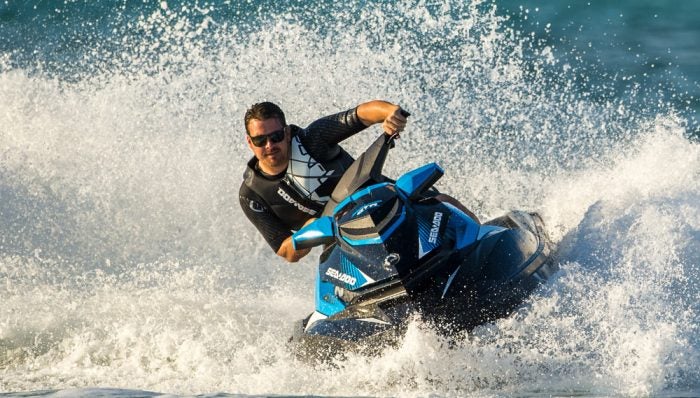
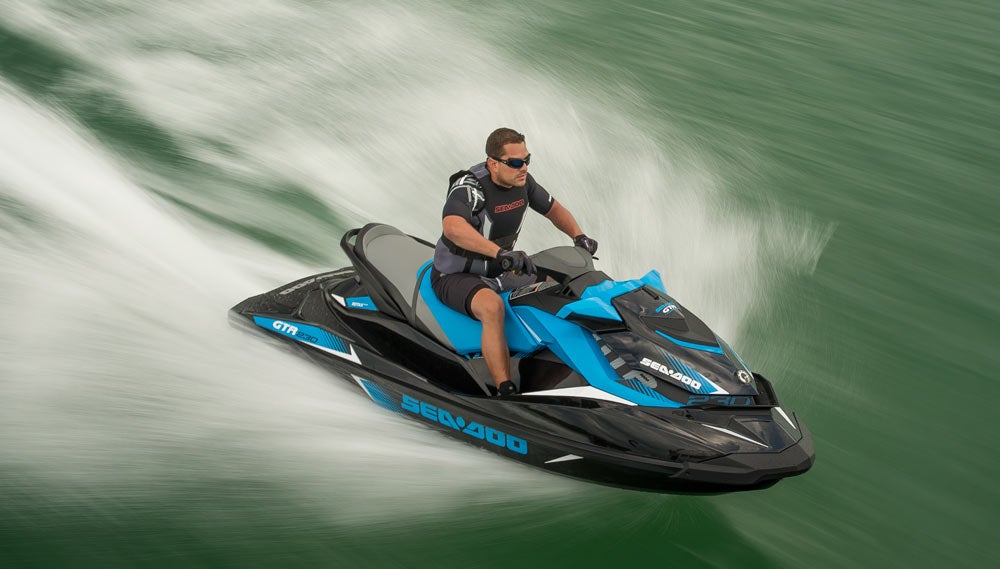
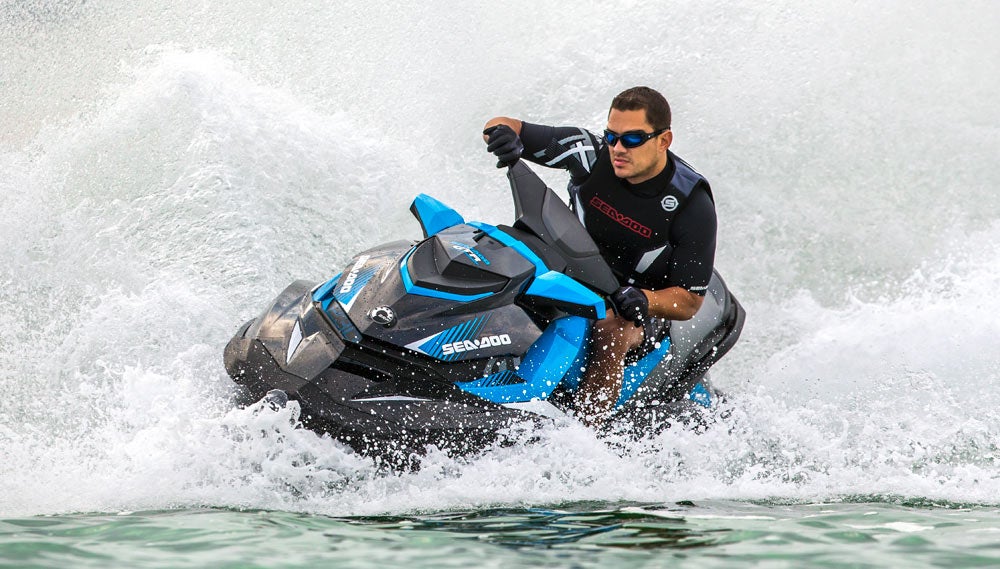
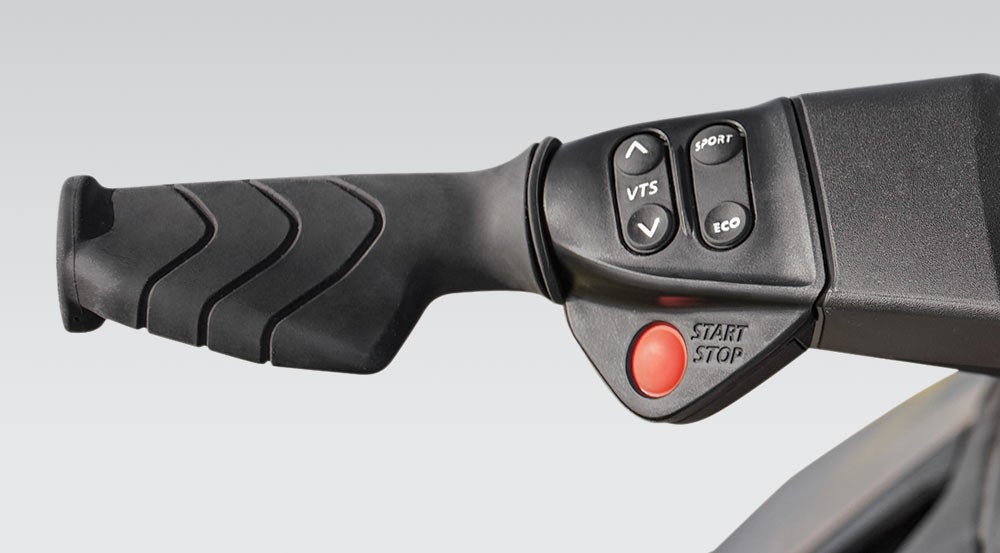
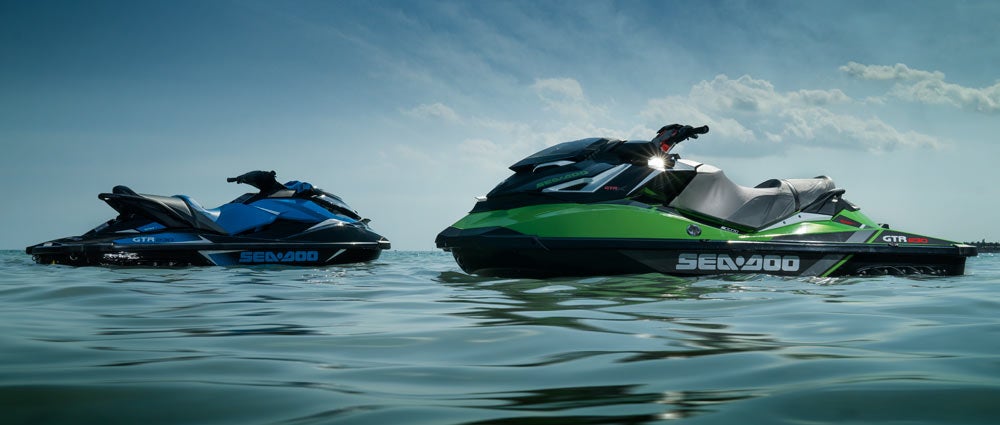








 Your Privacy Choices
Your Privacy Choices